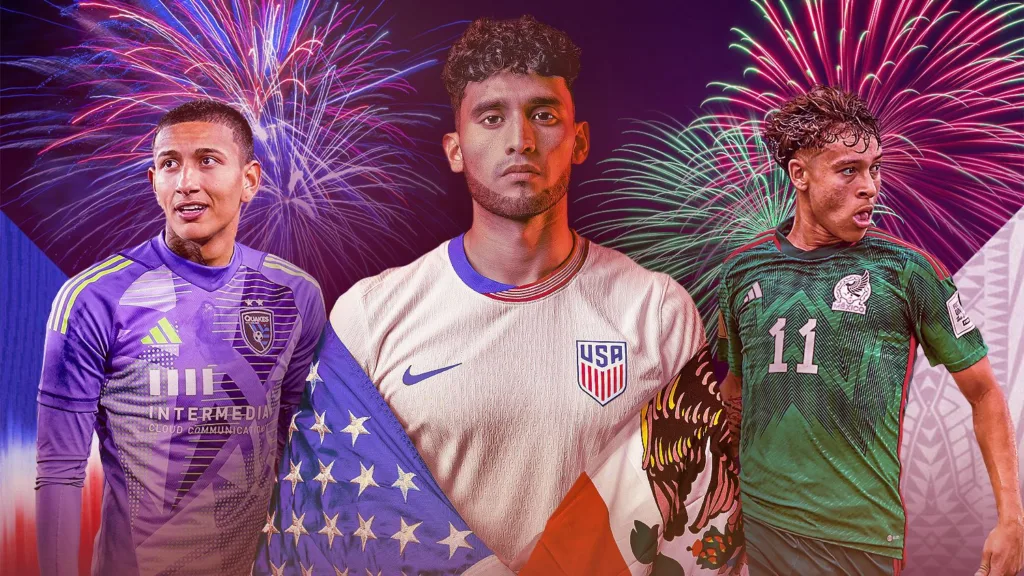The High-Stakes Decisions Faced by Mexican American Soccer Players
Ricardo Pepi, who proudly represented the U.S. men’s national team at the recent Copa América, could have easily worn a different set of colors this summer. Born in the border town of El Paso, Texas, the 21-year-old forward grew up balancing the daily duality of being Mexican and American.
Pepi’s fascination with the beautiful game propelled him to a professional career, but he knew since childhood that, unlike his routine of traversing back and forth between the U.S.-Mexico border, the same option didn’t exist in soccer. Once players eligible to represent multiple countries reach the senior level, they have to pick a side and live with their decision.
The Dilemma of Dual Nationals
Similar to Pepi, countless Mexican American dual nationals are part of the growing soccer scene in the U.S. and will have to make the life-altering decision of opting to represent only one side of their heritage at the international level. The choice will never define a player’s identity to the fullest, nor does there exist one consistent path for all dual-national individuals to follow. Every player holds their own story.
“The search for call-ups is a crucial factor, as the prospect of getting regular opportunities or even playing in a World Cup may be all the convincing some players need.” – Ricardo Pepi
Pepi admits the opportunities to play offered by the U.S. Soccer Federation far outweighed his prospects if he committed to Mexico.
Factors in the Decision
Family and culture are also significant variables in national team choices that can be very public. Ultimately, the choice is the players’ to make, and theirs alone.
Looking Ahead to 2026
As the 2026 World Cup, jointly hosted by the U.S. and Mexico, approaches, the next generation of dual nationals will be keenly watching, wondering if they too can become the next Pepi for the U.S. or Mexico.
🔗 Source
